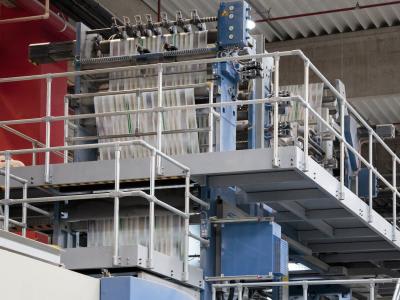Last week, the full federal court in Commissioner of Taxation v Desalination Technology Pty Ltd [2015] FCAFC 96 overturned the decisions of the Administrative Appeals Tribunal and the single judge of the federal court in denying the taxpayer a research and development (R&D) deduction for amounts incurred by an associate party on behalf of the taxpayer.
Facts: The taxpayer was developing a flash evaporator desalination unit and incurred costs from an associated company to develop the desalination unit. The taxpayer and the Australian Taxation Office did not dispute that the activities were R&D activities.
The taxpayer’s R&D activities were being undertaken by an associated company which was invoicing the taxpayer on a monthly basis for the cost of these activities. The agreement between the taxpayer and the associate was that rather than show the amounts as trade creditors, as no normal trading terms could be met with certainty, the amounts would be put on a 'come and go loan'. It was intended that any funds received from investors and R&D tax offsets would be paid to the associate in part satisfaction of the loan.
The taxpayer and associate subsequently documented the above terms such that the associate would 'continue to finance research and development work on behalf of the taxpayer' and 'the taxpayer will make such reductions in the total amount outstanding as funds received from investors, loan funds received, and any amounts the taxpayer may receive from other sources will prudently allow'.
Held: It was held in the lower courts that the taxpayer had incurred a cost and that liability had been converted to a loan, and on this basis the costs were deductible to the taxpayer. Whilst this may not have been evidenced by way of transaction or record in the books of account of the taxpayer, it was taken to be the preferred approach by the single judge of the federal court.
Whilst it was agreed that the loan owing to the associate may never be repaid, for example where it would be imprudent to make payment or if the technology did not succeed, these contingencies applied to the loan, not the original incurrence of the debt.
The full federal court however disagreed. It held that there was no evidence before the tribunal that the taxpayer had debited the invoice to a creditor account, and then by separate transaction, credited the come and go loan account.
Rather, the parties treated the invoice as fully paid at the date it was rendered and simply debited the amount to the come and go loan account. As such, no obligation arose to the taxpayer on rendering each invoice because of the contingencies that attached to the come and go loan account and it could not truly be said that the taxpayer had incurred an indefeasible cost.
Client Impact: It remains to be seen whether the taxpayer will appeal this to the High Court of Australia, however this case may have wide ranging repercussions for taxpayers who conduct R&D activities on behalf of associates, or re-charge those activities to associates. Clients who have associated party at call loans in start-up phase are particularly at risk (eg exploration companies, newly incorporated R&D entities).
Whilst this case applied to the eligibility of costs for R&D purposes, it could have wider ranging application to the deductibility of costs for income tax purposes. The case focussed on whether costs were 'incurred', a core principle for the deduction of any cost for income tax purposes.
In light of the above case, taxpayers should review their current arrangements and specifically consider:
- ensuring that third party activities are invoiced to the correct entity (eg the taxpayer claiming the R&D expenditure) and not subject to a re-charge arrangement
- where associated parties are providing R&D contract services, ensuring that a debt is created which is subsequently offset by way of a separate loan agreement with appropriate repayment obligations. Taxpayers may wish to review any current loan agreements to determine whether contingencies exist which may defeat recovery of the loan.
- where associated entities are wholly owned, whether tax consolidation is appropriate to ensure that the associated party rules are not applicable





